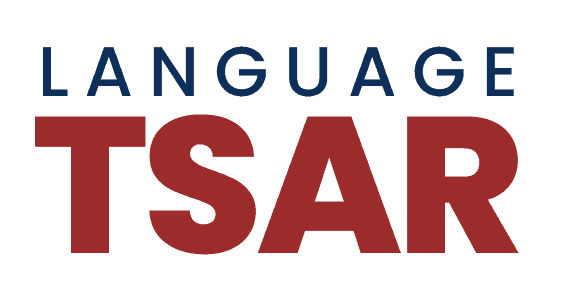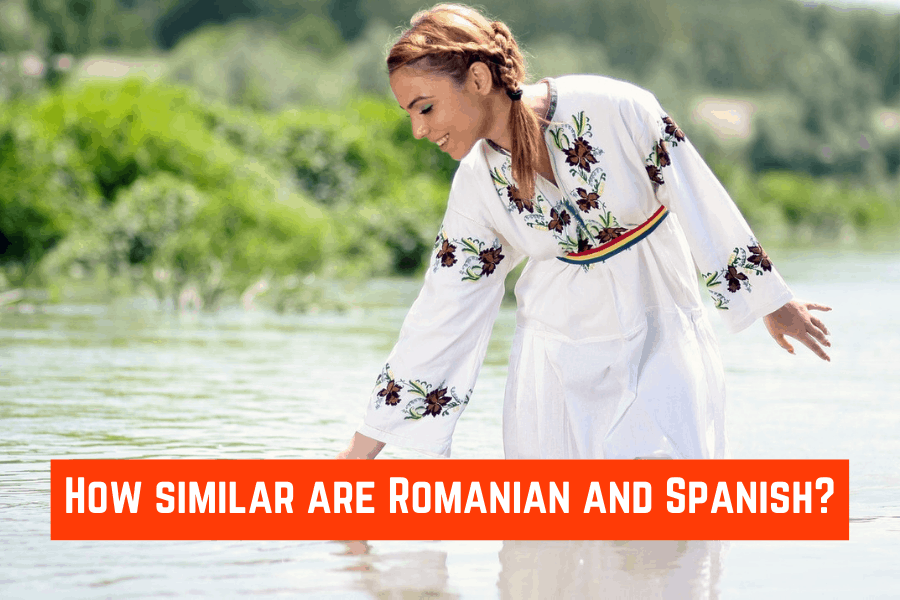You may have noticed, especially if you are a student of either language, that there are many similarities between the Romanian and Spanish languages. But just how similar are they? Can a native Spanish speaker easily understand a native Romanian speaker or vice versa? In this article, we will cover both the similarities, differences and learning difficulties of these languages.
Spanish and Romanian: In the Beginning
Both Spanish and Romanian are Romance languages of the Indo-European family, and both are derived from Vulgar Latin. Spanish is a member of the Western-Romance languages, while Romanian is a part of Eastern-Romance languages. Due to the countries’ physical locations, many changes have developed within each language due to the influence of nearer nations and their languages.
The following table offers a quick insight into just a few of the ways the languages are similar and different. We will go over this in-depth later in the article.
| Spanish | Romanian | |
|---|---|---|
| Articles | Articles come before the noun | Articles can come before the noun or as a noun’s suffix |
| Cases | 1 | 5 |
| Genders | Masculine, Feminine | Masculine, Feminine, Neutral |
| Influences | Arabic, French, Italian, Catalan | Slavic, German, Greek, Italian |
| US State Dept. Difficulty Ranking | I | I |
Spanish and Romanian Similarities
Sentence Structure
First, let’s cover the similarities of these two languages. Both Spanish and Romanian use the similar sentence structure of noun-verb-object. Adjectives typically come after the noun being modified in both languages. Of course, you can always plan on exceptions to the rules.
Noun Gender
Both Spanish and Romanian have masculine and feminine nouns to be considered with the added neutral noun in Romanian. Without getting into details yet, both feminine and masculine nouns require specific articles depending on their gender. In Spanish, most nouns ending in -a are feminine, and most nouns ending in -o are masculine. In Romanian, many nouns ending in vowels are feminine, but there is much less conformity than Spanish.
Cognates
Because Romanian and Spanish are both Romance languages, you will find many cognates, or words that are spelled or pronounced similarly and mean the same thing. In fact, the lexical similarities of the two languages is about 70% by most counts. This means that approximately 70% of Spanish and Romanian words are quite similar.
This table highlights just a few of these cognates with their English equivalents.
| English | Spanish | Romanian |
|---|---|---|
| to sing | cantar | cântă |
| table | mesa | masa |
| tooth | diente | dinte |
| fruit | fruta | fruct |
| house | casa | casa |
| hand | mano | mână |
Spanish and Romanian Differences
Definite and Indefinite Articles
In Romanian, the indefinite articles, or the equivalent to English a or an, are un for masculine (m) and neutral nouns and o for feminine (f) nouns. Niste is plural for all three genders. In Spanish, indefinite articles are un (m), una (f), and plurals are unos (m) and unas (f).
So, there isn’t a huge difference with indefinite articles except that Romanian only uses niste for all plural nouns despite gender. It is with definite articles that the bigger difference lies. Romanian adds the definite article to the noun as a suffix with various rules for gender and plurals. Spanish definite articles are similar to their indefinites using el, lo (m) and la (f), and plurals are los (m) and las (f).
Romanian has Five Cases
Romanian retained cases from Latin, one of the few of the Romance languages to do so. At any rate, this means that similar to conjugating verbs in English or Spanish, Romanian requires the nouns to be conjugated as well depending on which noun is completing the action and which one is receiving the action. The ways in which these nouns are modified depend on the different case and they are called nominative, genitive, vocative, dative, and accusative.
Spanish and Romanian Verbs
Another difference between the two is that Spanish follows a general pattern when conjugating verbs, and most of these “regular” verbs fall into this pattern. Romanian, on the other hand, has far more “irregular” verbs that do not fit into their traditional conjugation patterns.
How Difficult is it to Learn Spanish or Romanian?
While both languages are considered to be a Level I difficulty by the US State Department rankings, we are going to go out on a limb and suggest Romanian as the harder of the two languages to learn for a native English speaker. Romanian cases can be difficult to wrap your head around when you aren’t used to them.
However, because of all the similarities between Spanish and Romanian, we feel that if you already know how to speak Spanish, learning to speak Romanian will come more naturally to you. The overall edge goes to a Romanian speaker learning to speak Spanish. While the languages are not mutually intelligible due in large part to pronunciation and dialect differences, a speaker of either language could probably have a good overall idea of what is going on if listening in on a conversation of one language or the other.
Sources
Master the Spanish Definite and Indefinite Articles in 10 Min
Romanian language lesson: Definite and indefinite article in Romanian

Michael has been an avid language learner and traveler for many years. His goal with LanguageTsar is to discover the most fun and effective ways to learn a language. He is currently learning Japanese, French and Indonesian.



Comments are closed.